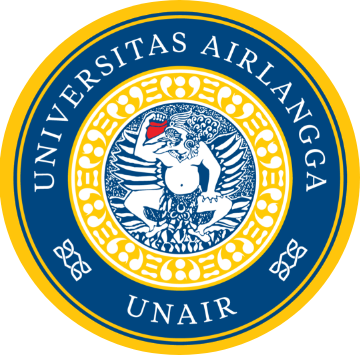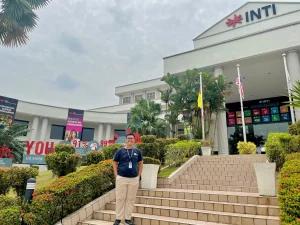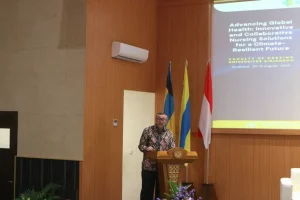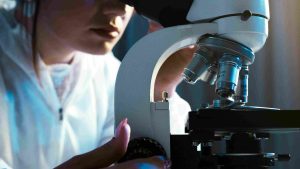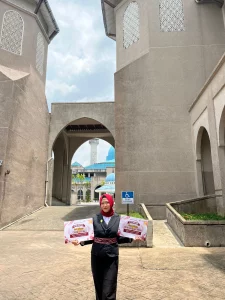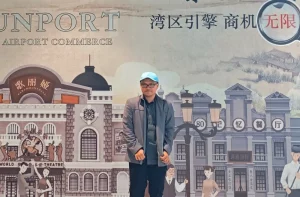UNAIR NEWS – Latok is a local name used by the people of Giliyang Island, Sumenep, to refer to sea grapes. In early April, the community development team of Faculty of Fisheries and Marine Sciences (FPK) Universitas Airlangga (UNAIR) conducted research related to the potential of the sea grape species, Caulerpa racemose, as a candidate for trading commodities on Giliyang Island.
“Giliyang Island is rich in potential macroalgae resources, especially sea grapes. They are a potential food source because they are rich in vitamins, minerals, and antioxidants,” explained Dr Veryl Hasan SPi MP, the supervisor of the FPK community development team.
Sea grapes belong to the type of seaweed. However, unlike other types of seaweed, sea grapes can be consumed directly without any processing.
“There’s a great opportunity in the sea grapes market. This green caviar has a high price in the market, but on Giliyang Island, sea grapes are only consumed by local people, with no cultivation or commercialization efforts,” Veryl explained.
The activities of the community development team included determining the location of the Caulerpa racemosa sea grape ecosystem in the coastal area of Giliyang Island, identifying macroalgae species found, and disseminating the findings and benefits of macroalgae to local communities.
Three days of diving
The community development team from Faculty of Fisheries and Marine Science UNAIR explored and looked for the location of the sea grape ecosystem by diving at several points. With information from the local community, the team managed to find a potential location for sea grapes habitat in the strait between Giliyang Island and Dungkek Sub-district. After diving for three days, the team managed to find 13 species of macroalgae, including two species of sea grapes, Caulerpa racemosa and Caulerpa lentillifera.

Several other macroalgae species found in this study were red algae species Galaxaura sp and Gigartina sp, seaweed Eucheuma sp which is commonly used for carrageenan and agar, green algae Halimeda sp, and brown algae Sargassum sp. “This diversity of macroalgae species indicates that the marine ecosystem on Giliyang Island is still good so that it can support the life of various macroalgae species,” said Veryl.
In the dissemination event with the community on Giliyang Island, Veryl explained FPK’s plan to conduct further studies and study the sites’ feasibility for sea grape cultivation. He and his team will work on producing and distributing sea grapes on Giliyang Island.
“FPK UNAIR will regularly send students and teams every four to six months to do further research,” he said. (*)
Author: Thara Bening
Editor: Binti Q. Masruroh

